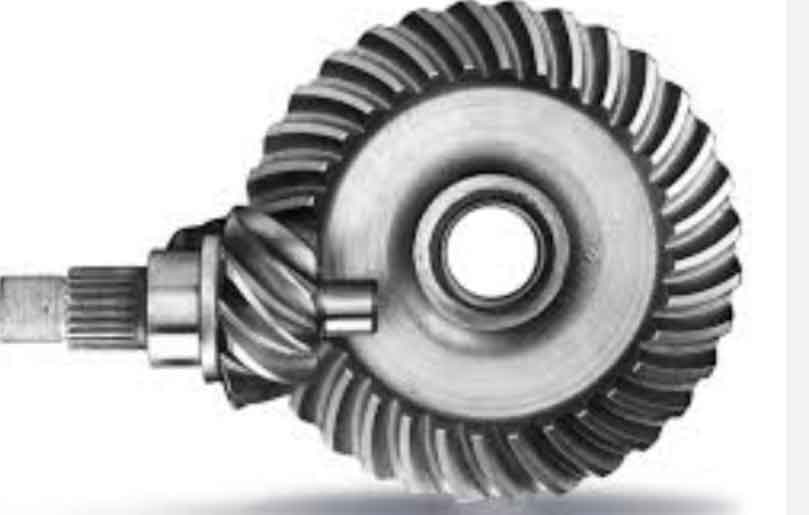
Noise and vibration reduction are crucial considerations in hypoid gear systems, especially in applications where quiet operation and minimal vibrations are essential. The unique gear geometry and sliding action of hypoid gears can lead to noise and vibration generation. Here are some engineering solutions to address noise and vibration in hypoid gear systems:
1. Gear Tooth Profile Optimization:
The tooth profile of hypoid gears can be carefully designed and optimized to minimize noise generation during meshing. By adjusting the tooth shape, pressure angles, and contact patterns, engineers can achieve smoother and quieter gear engagement.
2. Surface Finish and Tooth Quality:
Ensuring high-quality surface finish and precise tooth manufacturing is vital for reducing noise and vibration. Precision machining and grinding processes help create smoother gear surfaces, which reduce noise during gear meshing.
3. Proper Gear Alignment:
Accurate gear alignment and positioning are critical to reducing noise and vibration. Ensuring correct mounting and alignment of the hypoid gear set helps maintain the desired contact pattern and reduces unwanted movements that can cause vibrations.
4. Lubrication and Fluid Film Formation:
Proper lubrication is essential for noise reduction in hypoid gears. The lubricating oil forms a fluid film between the gear teeth, reducing friction and minimizing noise during meshing. Choosing high-quality, low-noise lubricants with appropriate viscosities is crucial.
5. Gear Preload and Backlash Optimization:
Properly setting the gear preload and backlash helps achieve optimal gear meshing conditions. Controlling backlash reduces the clearance between mating gears, leading to smoother meshing and reduced noise.
6. Damping and Isolation Techniques:
In some applications, adding damping elements or isolation mounts can help absorb and reduce vibrations transmitted through the gear system to the surrounding components.
7. Material Selection:
Using materials with good damping properties can help attenuate vibrations and reduce noise. Careful selection of gear materials can contribute to noise reduction.
8. Design of Gear Housing and Enclosures:
Designing gear housings and enclosures with sound-damping features can help contain noise and prevent it from radiating into the surrounding environment.
9. Gear Geometry Modifications:
In some cases, modifications to the hypoid gear geometry, such as changing the hypoid offset angle, can help optimize gear performance and reduce noise and vibration.
10. Gear Testing and Analysis:
Conducting thorough gear testing and analysis, including noise and vibration measurements, can help identify potential issues and refine the gear design for improved performance.
By applying these engineering solutions and considering factors like tooth profile optimization, accurate alignment, proper lubrication, and material selection, noise and vibration in hypoid gear systems can be effectively minimized. Implementing these measures ensures that hypoid gears perform efficiently, quietly, and reliably in a wide range of applications, from automotive differentials to industrial machinery.
